
El campesino
James Sparshatt
Photography - 50 x 50 x 1 cm Photography - 19.7 x 19.7 x 0.4 inch
$1,023
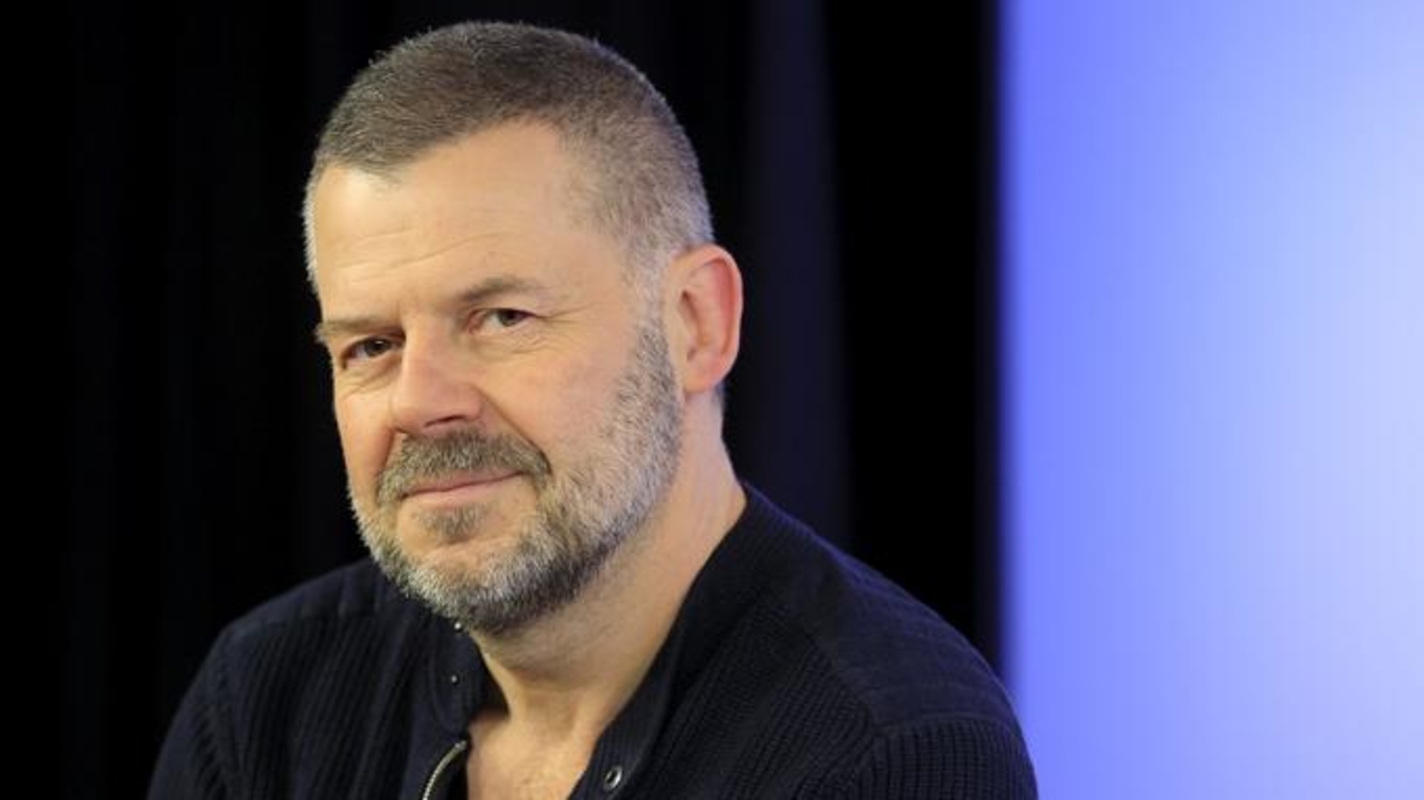
You knew him on the show "On n'est pas couché". Éric Naulleau is a publisher, essayist, translator, literary critic, columnist, television and radio host. He agreed to answer our questions and to present us his selection of favourites.
Artsper: Can you tell us about your career path?
Eric Naulleau: I was born on a windy early morning in the early 1960s in Germany. This is important from a metaphysical point of view: when you do not speak the language of your hometown. I spent my childhood in the southwest, I contracted the literature virus very early on and I feel like I've been doing this all my life: reading, but under slightly different names. Collegiate, high school, student, and most of my jobs are focused on books. Indeed, I was a parliamentary attaché, editor-in-chief of a magazine, publisher for about fifteen years, translator (from bulgarian to french), teacher, and now a columnist and animator in the cultural field, so it consists of reading and writing. Paradoxically, on TV, we write a lot. My life is very linear. Only professions for which I have never been trained, but all related to literature.
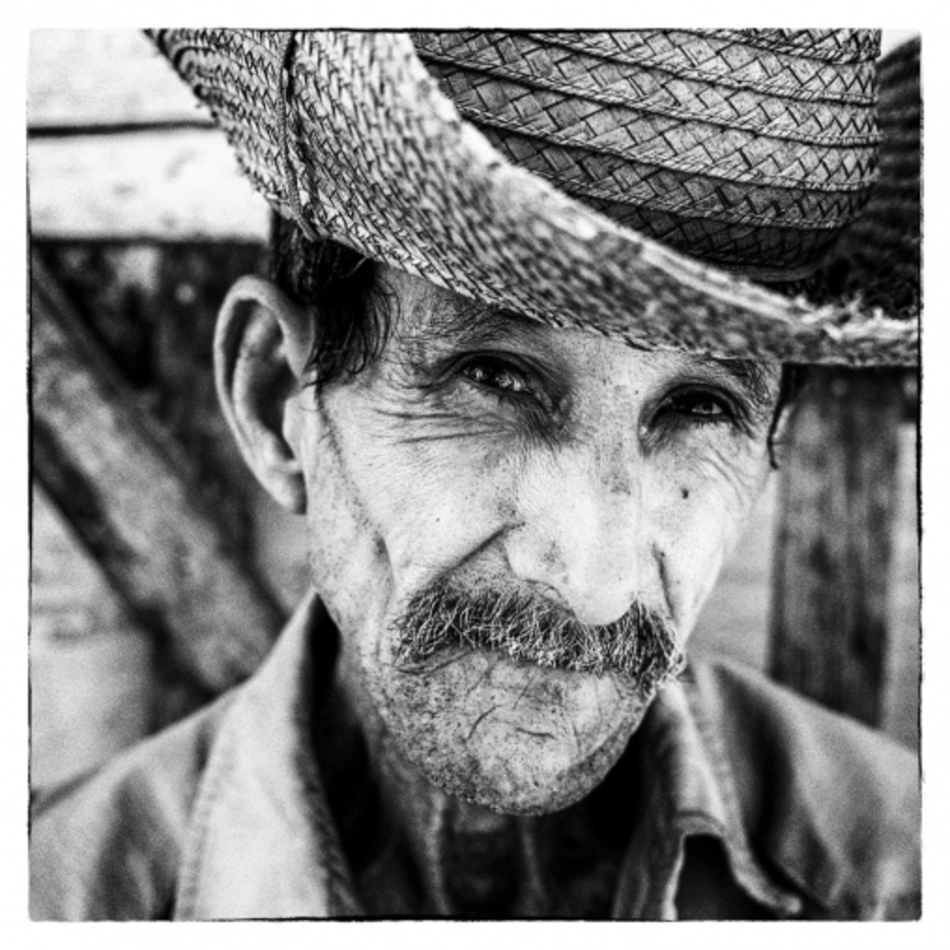

Artsper: How important is the book and literature in general to you as a means of mediation?
Eric Naulleau: For people of my generation, it is the main medium. TV certainly already existed, but it really didn't look like what we have today and the Internet was still at the stage of laboratory projects. So for my generation, the almost unique medium was the book and it has remained so. I see that it is not only a question of generation, since the book remains very much alive in France. For example, the e-book is not very attractive compared to other countries. It is certainly a cultural issue: in France there is a cult of paper and books. It must be said that the book is a very successful object: it is surprising that we managed to find such a perfect shape for it. For me, it all came from the book. For example, I am passionate about Eastern Europe but I read dozens and dozens of books before I set foot in it. So for me, it remains the main medium. For me, everything that is written is more serious. We are also in a country where politics and literature are very mixed. Besides, it's a bit of a problem for us: we'll always prefer a well-focused sentence to a correct one. There is also a whole public reading policy in France with a phenomenal network of media libraries, a book fair, a literary season, a network of bookshops which, despite everything, is much more resilient than elsewhere, etc. All these efforts also make the book a main medium. I find it harder to write a book than to prepare a show: it requires a whole other job, something more intimate, certainly more demanding.
Artsper: To talk about your book, how could you define in a few words what a "Parkeromaniac" is?
Eric Naulleau: A Parkeromaniac is someone who has fallen in love musically with an artist: Graham Parker. Totally by chance, my high school buddy, Yves Calvi, put a Parker record on his channel and, I can't explain why, but it did something to me. It is now 40 years since I became a Parkeromaniac, forever. I was first a fan, then his publisher, his friend, and now I go on stage with him. It is a disease that is getting worse, I try to make it contagious and the book is the virus.
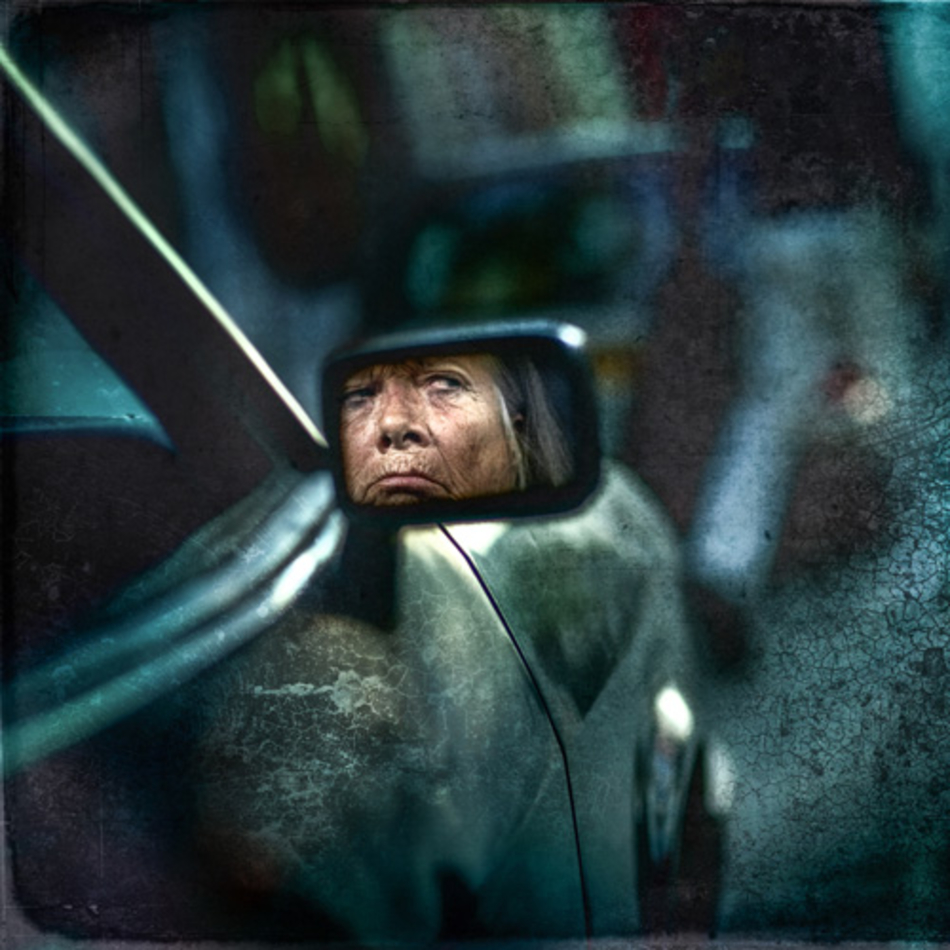
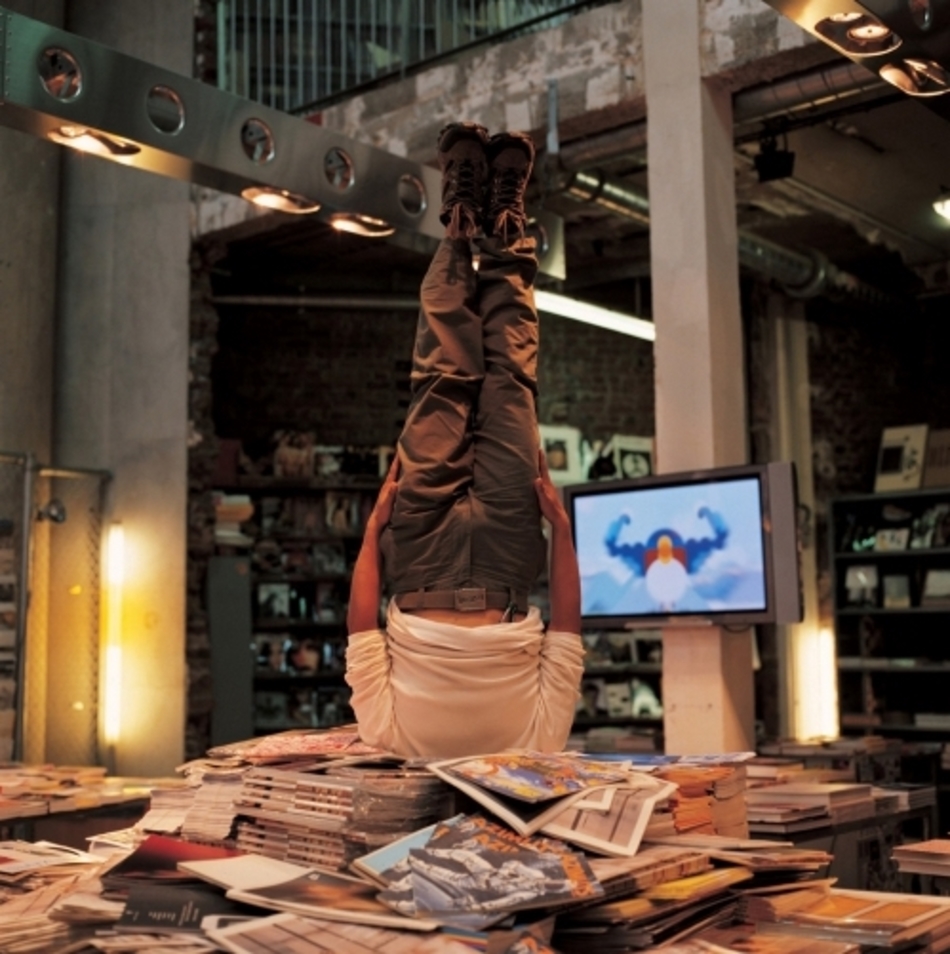
Artsper: Why do Minneapolis and its Museum of Modern Art have a very important place in your book? He is almost one of the main characters in the book. Why this choice?
Eric Naulleau: Every year, at the same time, I go to Minneapolis to attend one of Graham Parker's concerts. Minneapolis, when you're there for a week, you end up having your own habits: your favorite café, a favorite club and a museum. Every year, I go for a walk at the Walker Art Center, which has a quality fund and temporary exhibitions. It is undoubtedly the only museum, with Le Louvre in France, that I have visited the most in the world: a large part of my modern and contemporary art culture comes from the Walker Art Center. The great thing about it is that there is also an open-air art space around the museum, where you can find different sculptures such as the city's emblem, for example.
During my last visit to the museum last year, I discovered a new work: a granite bench on which menacing inscriptions could be read. As I get closer, I see that it is a "gift from an anonymous inhabitant" with several quotes from Jenny Holzer inscribed. So I got the book, which turned out to be very scary. The show with Parker ends with its excerpts and I end with: "There are times when it is obvious that you have been on the wrong track. Sometimes it takes a generous amount of time before something bad happens. "in rehearsal. When we played for the first time together, the world premiere with Parker in Cognac at the Festival des littératures européennes, I repeated this sentence for 9 minutes in all tones while Parker played a very disturbing piece as well. What you need to know is that this is happening on 20 November, a week after the attacks of 13 November: the context was therefore not necessarily favourable, the climate was a little tense. Yet the audience was very receptive: all the post-attack tension was captured by Jenny Holzer's words, Parker's music and the darkness. To conclude, every time I visit the Walker Art Center, I find something interesting there.
Artsper: What is your link with contemporary art? How did the taste of art come to you?
Eric Naulleau: I don't come from a background related to contemporary art, it was very classical. The education we received was not very focused on contemporary art. I think it came a lot with my discovery of literary surrealism: pictorial surrealism then came at the same time. Even today, De Chirico remains one of my favourite painters with his metaphysical painting and surrealist painters in general. I discovered contemporary art, especially with the Centre Pompidou. For me, contemporary art is more related to places like the Jeu de Paume, for example.
I really like American museums: you can see a little bit of everything in one place. I discover many American cities through museums, such as the city of Baton Rouge. I'm not someone who's going to do all the galleries, there's too much profusion. As far as the possession of works of art is concerned, I have some of them, but they have often been offered to me as a work of Jef Aerosol. I also have many photographs of Jacko Vassilev for whom I published a book "Bulgarians". I also have a great work by Maxime Kantor, a Russian writer and painter.
But I'm not really a collector of contemporary art, it's mostly things I've been offered. On the other hand, there is one art form for which I am a collector: the original comic strips.
Artsper: What do you think about online art sales and projects like Artsper?
Eric Naulleau: Everything is online, so we can't oppose it, it's a phenomenon we can't avoid. It also brings people who are far from the art world closer to it. We are hesitating about the next exhibition that we are going to see so much there is so much profusion, while some people do not have to ask themselves the question. In any case, dematerialization is one of the only opportunities to make oneself known, whether for painters or musicians, for example. Everything is done through the Internet. I therefore fully support it.

Photography - 50 x 50 x 1 cm Photography - 19.7 x 19.7 x 0.4 inch
$1,023
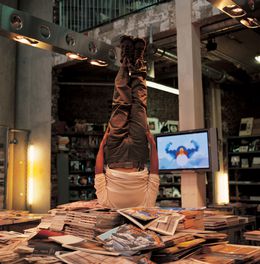
Photography - 100 x 100 x 2 cm Photography - 39.4 x 39.4 x 0.8 inch
$7,770


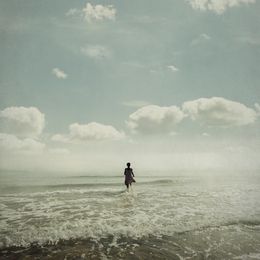
Photography - 60 x 60 x 3 cm Photography - 23.6 x 23.6 x 1.2 inch
$1,880